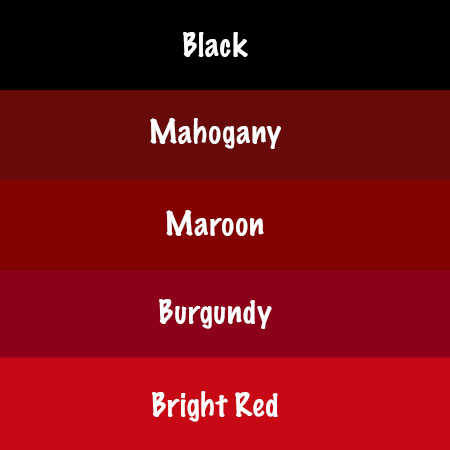Rectal bleeding, GI bleeding, whatever you want to call it, is a very common reason to see a gastroenterologist. In the case of overt bleeding (meaning blood you can see with the naked eye), most people end up in the emergency room and we get called in to consult. Few things bring people to the ER faster than seeing red blood coming from the rectum, but there are also many other ways that GI bleeding can present.
As a general rule of thumb, black tarry stool is usually caused by bleeding in the upper gastrointestinal tract (esophagus, stomach, duodenum) and red blood usually comes from the lower GI tract (the colon or rarely the small intestine). However, there are many exceptions to this rule, and by no means can anyone tell exactly where the bleeding is coming from solely by the color of the stool. That being said, the ability to accurately describe what is happening can help the consulting gastroenterologist focus in on the most likely source of the bleeding and can possibly save the patient some unnecessary testing.
The usual issue that comes up is as follows:
Nurse: “Doctor, the patient just passed a lot of melena.”
Patient: “My stool was red, lots of bright red blood.”
The purpose of this article is to define a few terms and clarify some common misconceptions.
Melena: (pronounced mel-uh-nuh) Melena describes passing black tarry stool; black like the night sky, as black as ink. Usually melena is indicative of an upper GI bleed. Common causes include bleeding ulcers in the stomach or duodenum. Sometimes a very slow bleed in the small bowel or even the right side of the colon will produce melena. To clarify, melena is the condition, the stool itself is called melenic stool (not melanotic as many say.) Melenic stool is often described as glossy and sticky and has a characteristic horrible smell.
Dark red blood: This is very variable and many different terms are thrown around including maroon stool, burgundy stool, and even mahogany stool. Dark red blood is most often a sign of colonic bleeding, however it can come from anywhere in the GI tract depending on the speed of the bleeding and other factors. It’s really not too important to be able to tell the difference between maroon and burgundy stool; however if one can differentiate dark blood in general from melena and bright red blood, the gastroenterologists of the world would be happier!
Bright red blood: Bright red blood is self-explanatory. The color is that of arterial blood, fire engine red or stop sign red. Sometimes this as abbreviated as BRBPR (bright red blood per rectum). Bright red blood is usually indicative of an anorectal source of bleeding such as a hemorrhoid or anal fissure. However BRBPR can also be seen with rapid bleeding from diverticulosis, or with other colonic pathology such as cancer. The worst case scenario is BRBPR in the setting of a very rapidly bleeding upper GI source such as a large duodenal ulcer.
At the end of the day, the only way to really know what is going on is to do a rectal exam and see the color of the stool yourself. However, knowing what these basic terms mean allows communication and patient care to proceed more smoothly and with less confusion…all good things in my book!
If you enjoyed this article, sign up for our free newsletter and never miss a post!




